
Jan 07, 2022
理性、客观地评估阻力of the fabric to promote the development and production of textiles to actively promote the role. There are many test methods for Pilling Resistance of fabrics, mainly simulated during daily life and actual wear and washing process, due to continuous friction, Thus, the phenomenon of the surface of the fabric appears, and thus the test method is designed. different target markets have different tests. Methods, such as US standards, European standards, China Standards, and customer standards, usually select appropriate test methods based on export, product types or buyers. The commonly used methods include ICI Pilling Box method, Martindale Pilling method, Random Tumble method, Elastic gasket method, Circular Locus Pilling method.It should be noted that the pilling test is not only limited to the above test. and now there are many customer requirements to rating directly through the hairpin of the fabric after washing, and the customer chooses to use the post-washing sample. Various pilling test methods to assess the resistance of the fabric against the promoting pilling performance. ICI Pilling Box method The test principle is three pieces of square samples that are sized by a square specimen of sizes from the weft to the weft, each of which are sewn into a tubular shape, and the front faces are separately set on the polyurethane moisture tube. Within a cork box, the test chamber is flipped by the number of 3600 revolutions per hour, and the sample is taken out in the rating box and the fabric is compared to the fabric, and the first level is the worst. The 5th is best, when the result is between the two adjacent two levels, I evaluate half. Common test standards include ISO 12945-1, GB / T 4802.3, IWS TM 152. This method mainly simulates the fabric itself with its own uninterrupted friction, and the fans of the fabric and other pharmaceutically fangs. This test method can be applied to all types of fabrics, but the main domestic market or export to the European market is using this method to test the pilling performance. AVENO related products: AG05 ICI Pilling and Snagging Tester Martindale Pilling method The test principle is to take three pairs of circular samples from the fabric, which are loaded in the upper and lower clamping devices. Under the slight pressure, the sample itself rubs each other, and rubbed by the Lissajous, after a certain number of revolutions, Samples are compared with the original or standard samples of the rating box, and the the worst level 1, level 5 is the best, and when the results are interposed between two adjacent two levels, it can be evaluated as half level. This method is applicable to all types of fabrics, but it is more applied to woven fabrics. It mainly simulates the pilling condition after frequent friction between fabrics. AVENO related products: AG04 Martindale Abrasion and Pilling Tester Random Tumble method The experimental principle is to take ...







 +86 15280858852
+86 15280858852





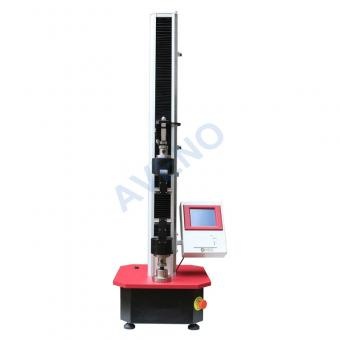
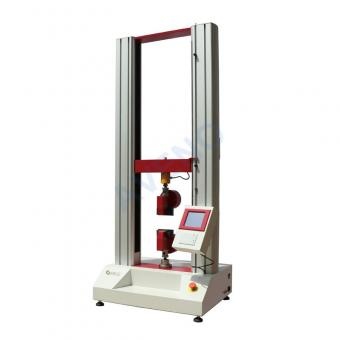



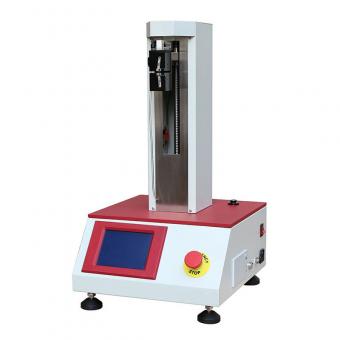
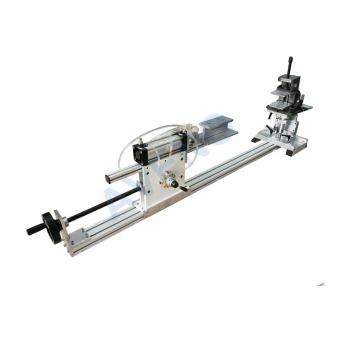
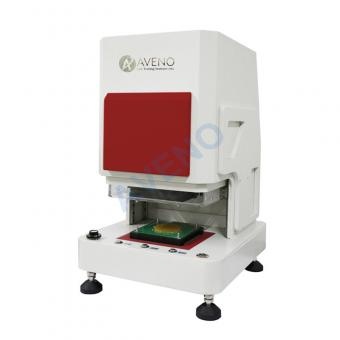
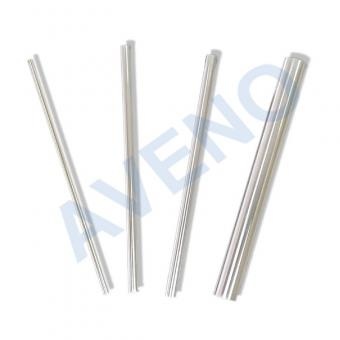
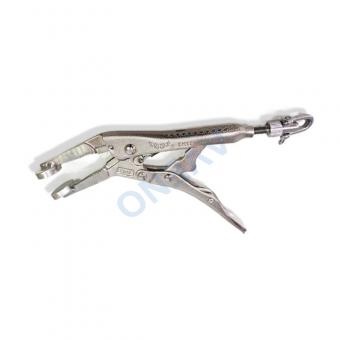
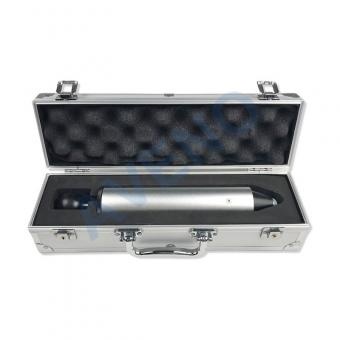
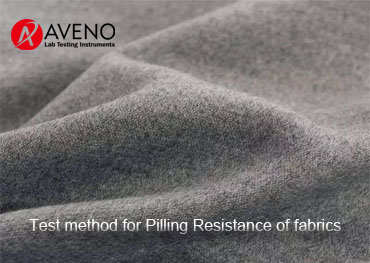
 Jan 07, 2022
Jan 07, 2022
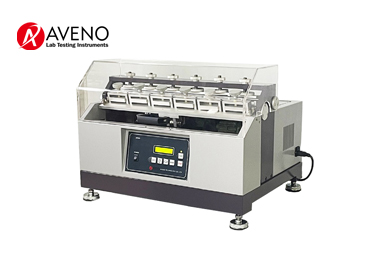
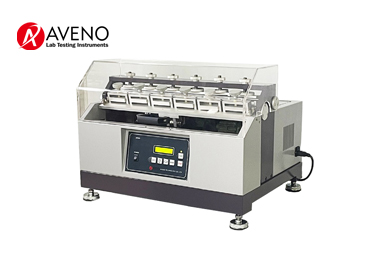

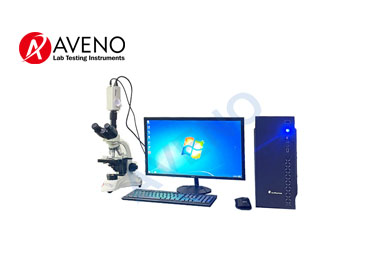

 online service
online service +86 15280858852
+86 15280858852

 +86 15280858852
+86 15280858852